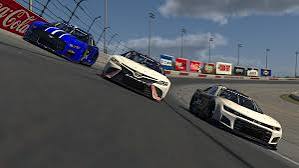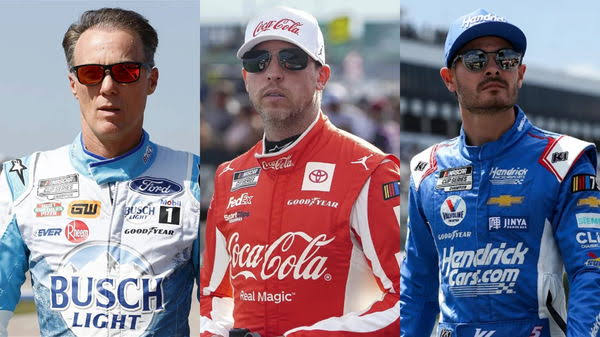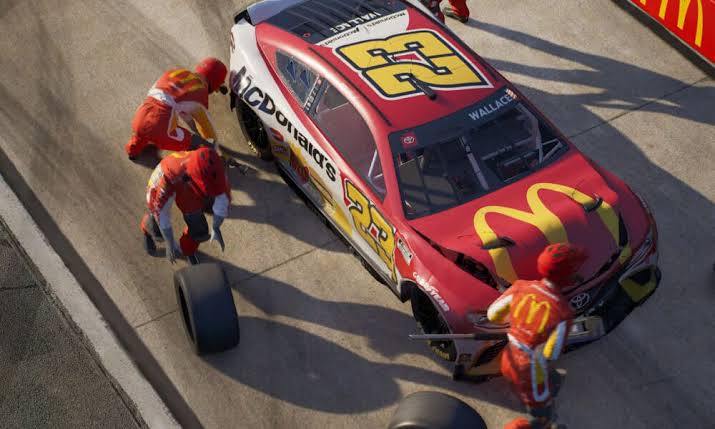NASCAR’s Next Gen Car was introduced with the promise of modernizing the sport and leveling the playing field, but it has quickly become one of the sport’s most significant missteps. Initially, the car was meant to bring about improvements in safety, cost efficiency, and overall racing excitement. With its advanced design, enhanced aerodynamics, and state-of-the-art technology, the Next Gen Car seemed poised to rejuvenate NASCAR. However, reality has fallen far short of the initial expectations.
One of the main criticisms of the Next Gen Car revolves around its technical performance. The new car was designed to standardize components and make racing more competitive, but it has instead introduced numerous technical difficulties. Drivers have encountered problems with durability, handling, and overall performance. The car’s aerodynamics, while intended to be cutting-edge, have resulted in unpredictable handling characteristics, making it difficult for drivers to manage their vehicles during races. This unpredictability has led to inconsistent performance and, in some cases, compromised driver safety.
The introduction of the Next Gen Car was also supposed to foster closer, more competitive racing, but it has often had the opposite effect. The car’s aerodynamic and handling issues have led to more single-file racing and fewer overtaking opportunities, undermining the sport’s goal of delivering thrilling, action-packed events. This reduction in passing opportunities and the increased difficulty in executing on-track moves have resulted in less engaging races for fans.
Fan reception of the Next Gen Car has also been problematic. Long-time NASCAR enthusiasts have expressed disappointment, feeling that the new design lacks the character and excitement of its predecessors. The car’s appearance and performance have failed to connect with a fan base that cherished the traditional aspects of NASCAR racing. This disconnection has affected the visual appeal of the sport and has diminished the fan experience.
Financially, the Next Gen Car was intended to reduce costs for teams, but the reality has been more complex. The initial investment needed to adapt to the new technology and car design has been substantial. Teams have faced significant expenses updating their equipment and facilities to accommodate the new cars. This financial strain has been particularly challenging for smaller teams, creating a disparity in the sport’s competitive landscape.
The experience with the Next Gen Car highlights the complexities involved in making significant changes to a cherished sport. While innovation is crucial for growth and evolution, it is essential to consider the potential consequences and address any emerging issues. Feedback from drivers, teams, and fans will be critical in guiding future decisions and improvements.
As NASCAR looks ahead, it must find a balance between innovation and tradition, ensuring that changes enhance the racing experience rather than detract from it. The lessons learned from the Next Gen Car should serve as a reminder of the importance of careful planning, thorough testing, and stakeholder engagement in shaping the future of the sport.
In summary, while the Next Gen Car was intended to revolutionize NASCAR, it has exposed significant challenges and shortcomings. The criticism and issues associated with the car illustrate the need to stay connected to the core elements that make the sport exciting and engaging for both participants and fans.
NASCAR Legend Tag The Next Gen Car as NASCAR’s Biggest Mistake




